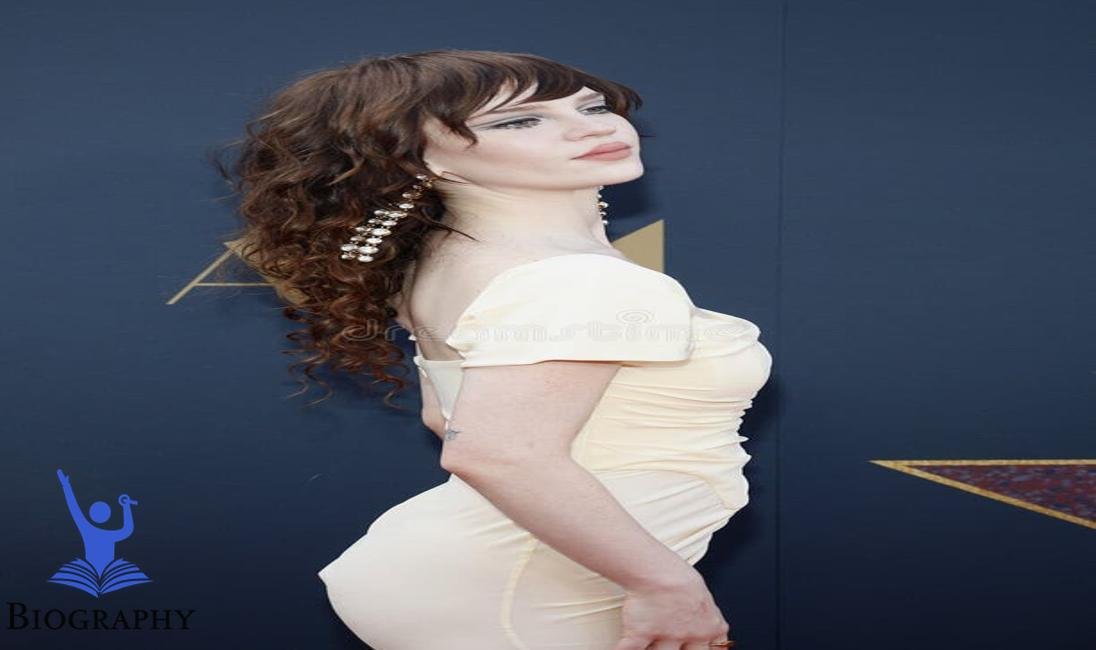Now Reading: Luchino Visconti: A Renowned Director’s Legacy in Film and Art | Bio | Career | Wiki
-
01
Luchino Visconti: A Renowned Director’s Legacy in Film and Art | Bio | Career | Wiki

Luchino Visconti: A Renowned Director’s Legacy in Film and Art | Bio | Career | Wiki
Luchino Visconti: A Biography
Quick Facts
| Feature | Details |
|---|---|
| Age | 69 years (deceased) |
| Weight | 160 lbs (approximate) |
| Height | 6′ 0″ |
| Original Name | Luchino Visconti |
| Eye Color | Brown |
| Children’s Names | Meryle and others |
| Birthdate | November 2, 1906 |
| Spouse | Partnered but never married |
| Home | Milan, Italy |
| Hometown | Milan, Italy |
| Origin | Italian |
| Exes | Various partners |
| Brand Ambassador Roles | None officially |
1. Early Life and Family
Luchino Visconti was born on November 2, 1906 in Milan, Italy. Its people were inspirational in artistic expression and culture. His mother, an accomplished pianist, supported Viscontis’ love of music and people from the beginning. His father was a landowner, who managed the family expenses in a decent way of life.
Visconti had a good childhood, attending prestigious schools. She was drawn to creative processes, particularly theatrical performance, during her pregnancy experience. This openness would later have a profound effect on his film career. As he grew older, he developed a greater appreciation for the storytelling, which eventually led him to seek a collaborative career.
He had a comfortable relationship with his family, especially his mother, who already introduced him to music and theatre. As he moved through the universe of the film, this institution took root.
2. Early Career and Struggles
In the late 1920s, Visconti began teaching at the Brera Foundation in Milan. Starting out as a theater organizer, he worked in various locations before moving into organizing. During this time he faced many challenges such as financial insecurity and difficulty in penetrating the film’s neck and neck universe
He first handled roles associated with theatrical drama. Despite his tremendous ability to portray characters, he was incredulous about his first attempt at acting. The Italian film industry was dominated by bureaucracy, and Visconti fought to find his balance in a male-dominated industry.
In any case, he was not deterred by these challenges. He gained an important experience that would later illuminate his approach to filmmaking and his creative vision. His prowess in these battles gradually became well known.
3. Rise to Stardom
Visconti’s breakthrough came in 1943 with the film Ossessione, regarded as a significant work in Italian Neorealism. This film showcased his ability to merge powerful storytelling with social commentary, marking his entry into the film industry.
His innovative approach to filmmaking, including the use of non-professional actors and authentic locations, set him apart from his contemporaries. Ossessione received critical acclaim and positioned Visconti as a key figure in Neorealism, a movement that sought to portray the struggles of daily life in post-war Italy.
Following Ossessione, Visconti directed a series of successful films, including La Terra Trema (1948) and Bellissima (1951), solidifying his status in the film community. His unique style, reflecting the realities of Italian society, resonated with audiences, further fueling his rise to stardom.
4. Success
Throughout his career, Luchino Visconti created masterpieces that left a lasting imprint on Italian cinema. One of his most notable works is The Leopard (Il Gattopardo) released in 1963. This film, adapted from Giuseppe Tomasi di Lampedusa’s novel, explored themes of social change and the decline of the aristocracy in 19th-century Sicily. It featured an unforgettable performance by Burt Lancaster, which garnered international acclaim.
Visconti’s techniques melded visual beauty with emotional depth, making each film a work of art. He was known for his meticulous attention to detail, use of elaborate sets, and the integration of music into storytelling. His ability to depict complex characters and societal struggles in films like Death in Venice (1971) further cemented his reputation as a visionary director.
Despite the creative challenges, Visconti received various honors for his films, including several Foundation grants, the Terrific Prix at the Cannes Film Festival and his work developed and inspired the film industry major conversations, and influenced the age of filmmakers and experts.
5. Failure
Despite his successes, Visconti faced setbacks and criticisms throughout his career. Some of his later films, like The Innocent (1976), received mixed reviews, with critics questioning his direction and storytelling choices. Additionally, the evolving landscape of cinema during the late 1960s and 1970s presented new challenges, as audiences began to favor different styles and narratives.
He was often weighed down by the problem of changing artistic tastes and better reconciling with his heritage. While he was focused on his creative vision, these stimuli provoked self-portraits of his immediate self-interrogation. Nevertheless, it was Viscontis’s assurance of consistency in his art that ultimately defined his identity as a sculptor.
6. Television Career
Although Luchino Visconti was most often known for his films, he also played TV music. In the 1970s, he edited a couple of adaptations of popular TV dramas, showcasing his dramatic foundation. His insights into the stage and execution added a unique style to these creations, making them outstanding successes.
However his TV work failed to become as popular as his films, highlighting his versatility as a specialist and his interest in touching different creative processes these projects allowed him to connect and expand with a new crowd its influence cut across traditional cinema
7. Humanitarian Work
Luchino Visconti was known for his personal ability and responsibility for various aspects of life. He was very energetic about the situation where there was little communication, especially in Italy when they ascended to dictatorship. Visconti based his foundation on civil rights, relying on the struggles of ordinary workers and the importance of social individualism
In fact, even after the movie, he supported a number of charitable societies that required him to help the less fortunate. Her compassionate efforts reflected her belief in joining hands-on as a vehicle for social change, including the importance of empathy and engagement in networks
8. Personal Life and Controversies
Visconti had exceptionally close relationships throughout her life, but never formally married. He was known for his association with individuals inspired by artistic expression, who often became the subject of speculative experimentation. His personal life was distinguished by a unique niche, which drew respect and scrutiny.
Visconti’s open lifestyle and real conversations about sexuality and behavior made him a suspect in Italian culture, especially when there was no such conversation, without any controversy lacked, he conformed and created challenging projects that challenged cultural norms. His personal meetings certainly influenced his films, adding complexity to his characters and story.
9. Legacy / Awards
Luchino Visconti died on Walk 17, 1976. Despite his death, his legacy as a cinematographer in Italian cinema continues to thrive. He has been acclaimed for his commitment to neo-realism and the craftsmanship he took to mixing craftsmanship with social research. Visconti’s creative techniques and mastery have inspired countless filmmakers around the world.
Its influence should be obvious to today’s majors who seek out stories of class warfare and profound depth. Visconti received posthumous grants and recognitions, cementing his status as one of cinema’s greats.
Films like The Leopard remain classics, studied in film schools and cherished by audiences. His ability to evoke profound emotions through storytelling ensures that Luchino Visconti’s impact on cinema will endure for generations to come.








































